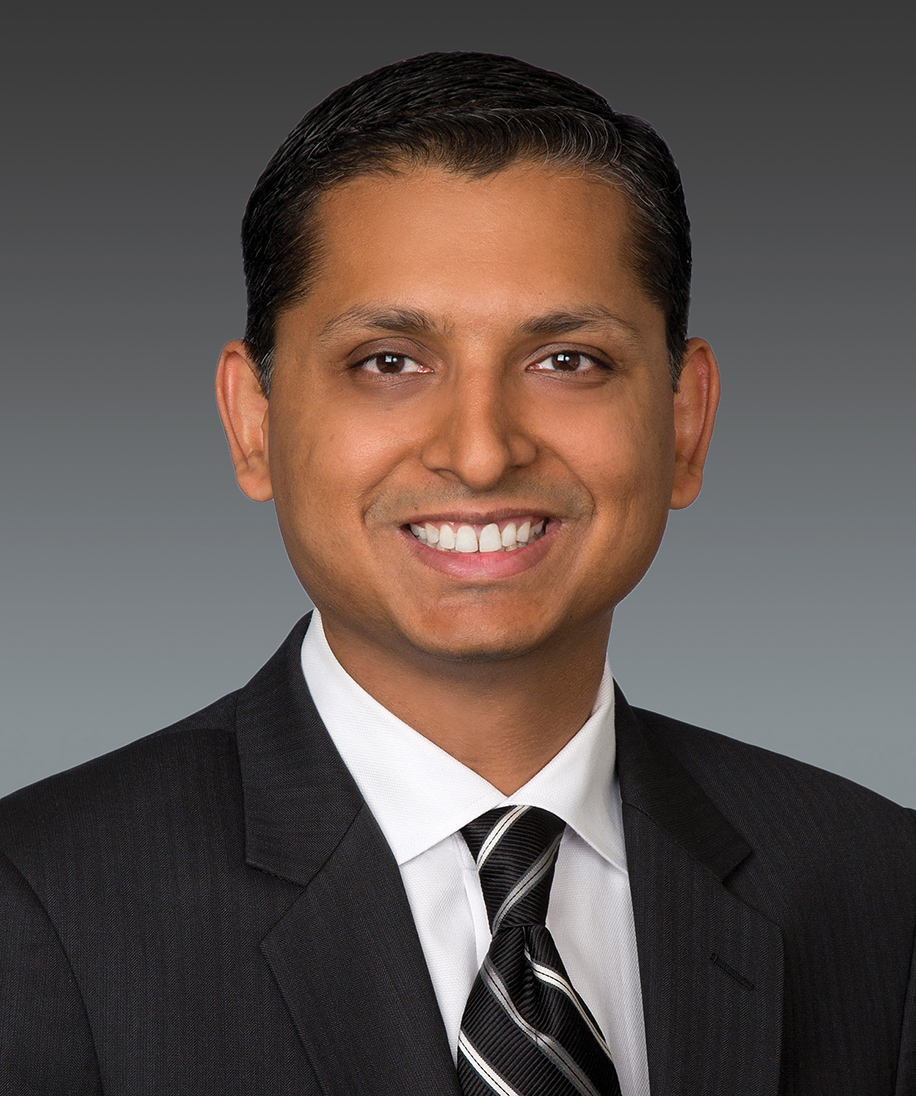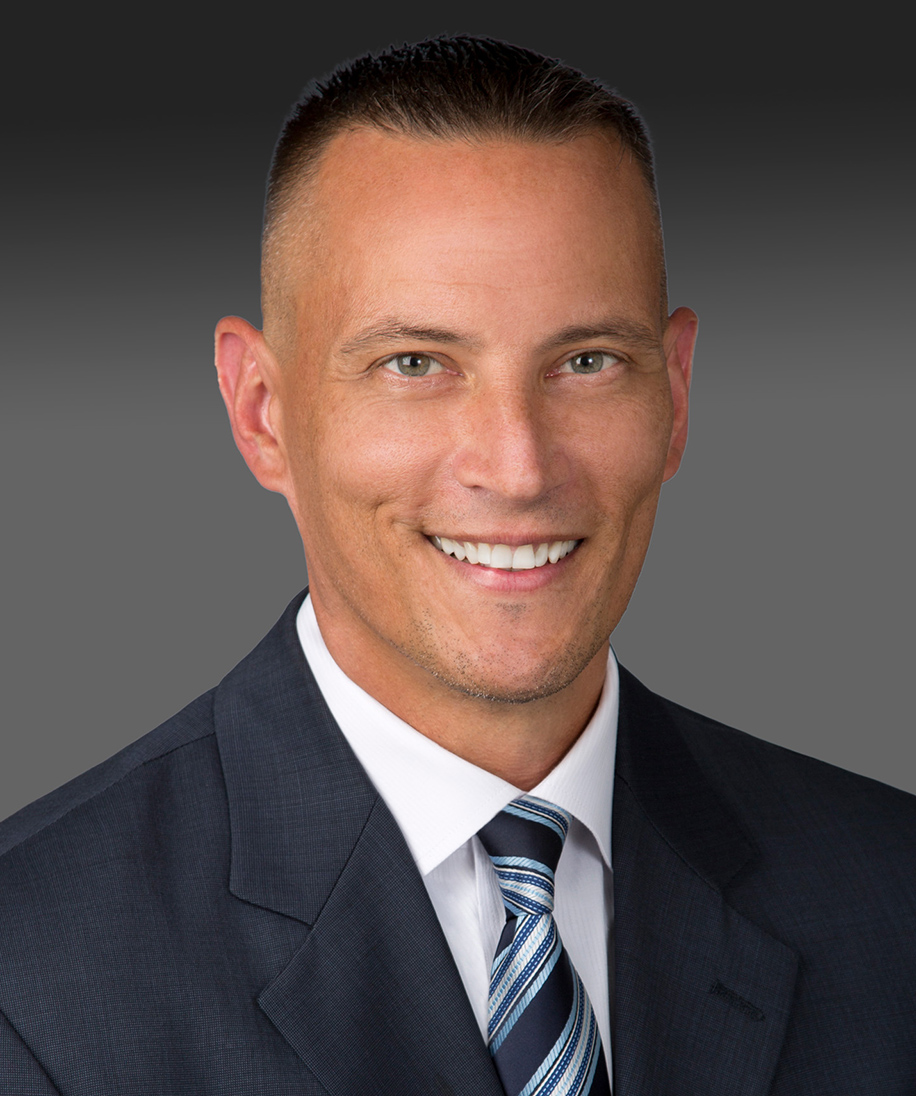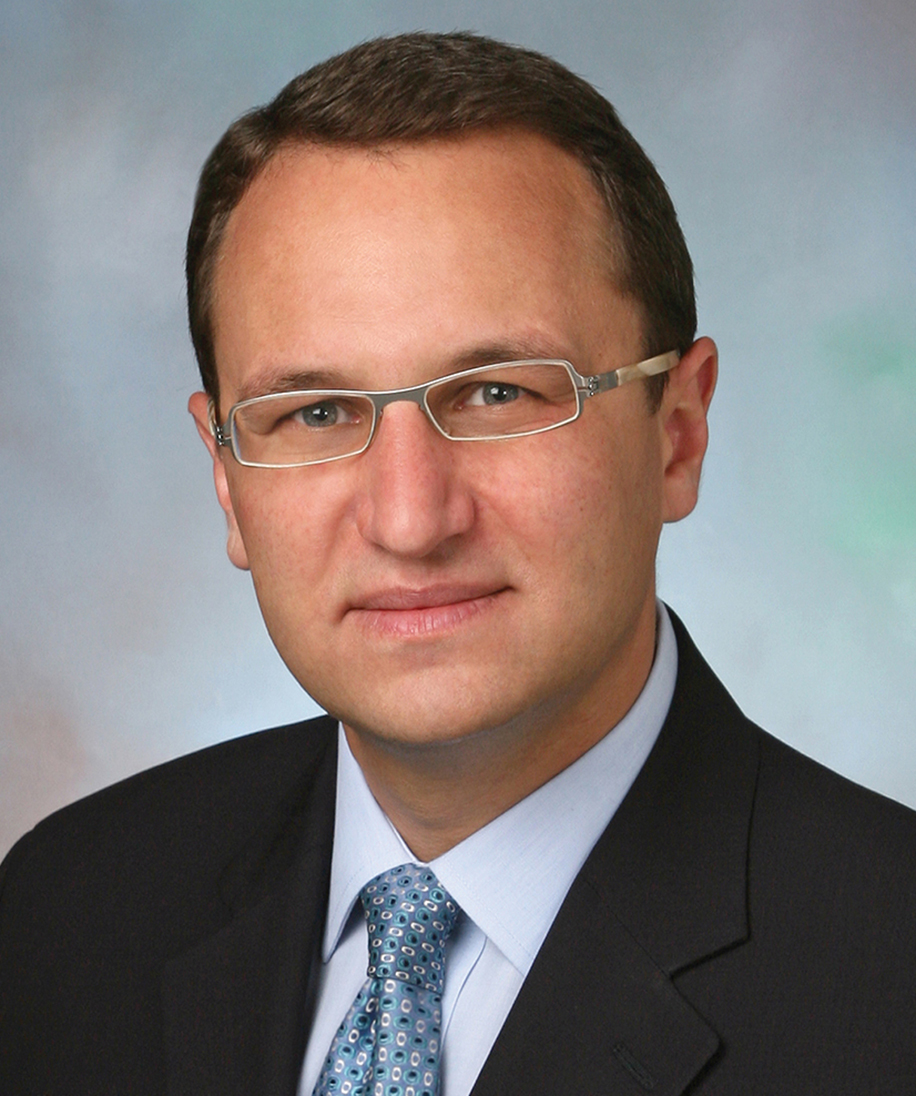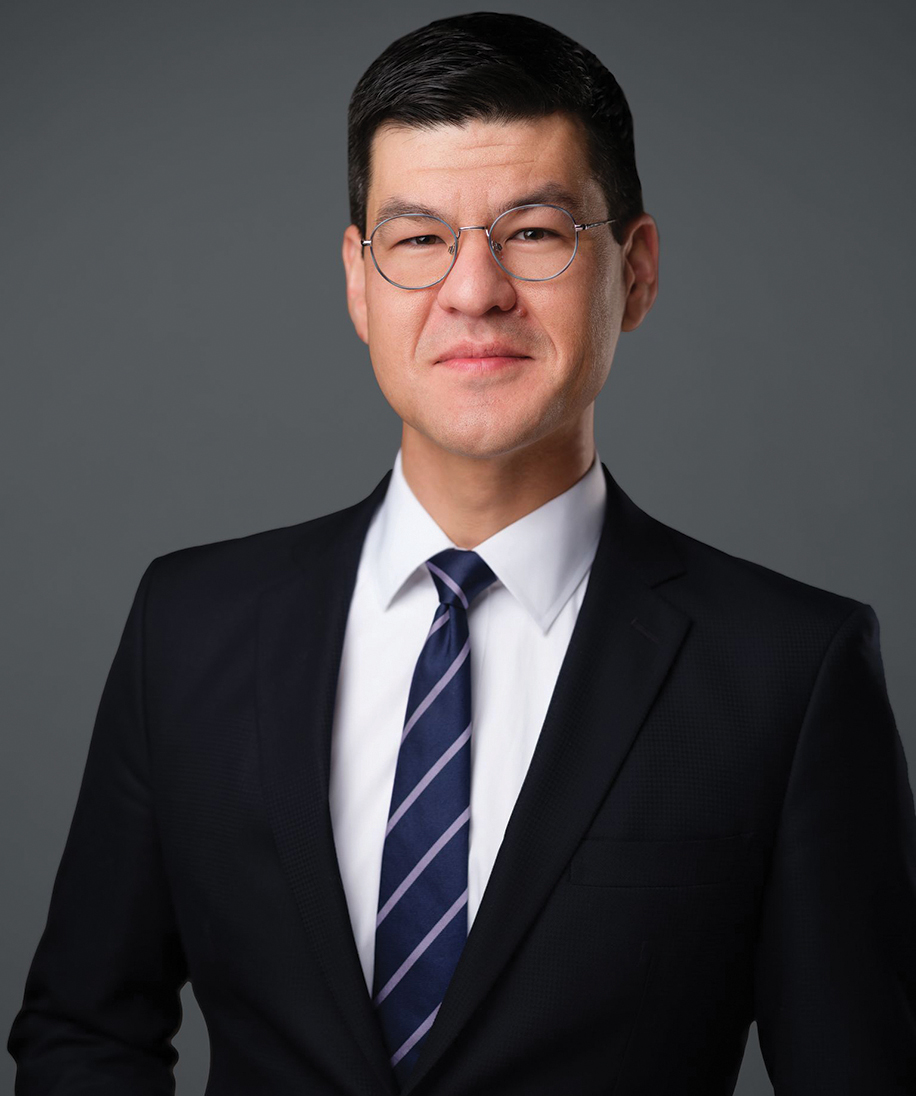Client Alert
A Divided Supreme Court Upholds Inter Partes Review’s Constitutionality but Constrains the Patent Office’s Authority
April 25, 2018
By Naveen Modi, Joseph E. Palys, Igor V. Timofeyev, Stephen B. Kinnaird, Mita Chatterjee, Daniel Zeilberger, Michael A. Stramiello & Michael Wolfe
Yesterday, the U.S. Supreme Court handed down its decisions in two closely watched patent cases: Oil States Energy Services, LLC v. Greene’s Energy Group, LLC, 584 U.S. ____ (2018) and SAS Institute Inc. v. Iancu, 584 U.S. ____ (2018). Each decision had the potential to profoundly change practice before the Patent Trial and Appeal Board (“the PTAB”) and the congressional scheme of post-grant review enacted by the America Invents Act (“the AIA”). While most of the attention centered on Oil States and the possible invalidation as unconstitutional of inter partes reviews (“IPRs”), SAS Institute may have a more profound impact on the IPR regime and PTAB practice.
Oil States
Oil States concerned the question of whether the IPR process violates Article III or the Seventh Amendment of the Constitution because it permits the Patent and Trademark Office to revoke a granted patent through an administrative proceeding, outside of an Article III court. In a 7-2 opinion by Justice Thomas, joined by Justices Kennedy, Ginsburg, Breyer, Alito, Sotomayor, and Kagan, the Supreme Court rejected that argument. In the Court’s view, the question turned largely on whether the grant of a patent was a matter involving public—as opposed to private—rights. Having concluded that “the determination to grant a patent is a matter involving public rights,” the Court held that the permit may also be revoked by the executive branch, without a judicial determination.[1]
Specifically, the Court characterized IPRs as “a second look at an earlier administrative grant of a patent.”[2] The majority further explained that IPRs do not involve different interests than the initial review before the grant, and that patent rights are “subject to the qualification that the PTO has ‘the authority to reexamine—and perhaps cancel—a patent claim’ in an [IPR].”[3] The majority then rejected the argument that, as a matter of historical practice and the Court’s prior decisions, patent rights were considered as property of the patentee, and that only a court could therefore determine patent validity.[4] The majority then concluded that because IPRs do not violate Article III, Congress may, without violating the Seventh Amendment, assign adjudication to a non-jury factfinder.[5]
The Court emphasized the narrowness of its holding, specifically noting that judicial review is available via direct appeal to the Federal Circuit and that Oil States did not challenge the retroactive application of IPR proceedings to patents that issued before the AIA.[6] The majority also stressed that “[t]he decision should not be misconstrued as suggesting that patents are not property for purposes of the Due Process Clause or the Takings Clause.”[7]
Justice Gorsuch dissented, joined by Chief Justice Roberts. In his view, the Court’s precedents and the historical record mandated the conclusion that patents were private rights and therefore only courts were empowered to decide patent validity challenges.[8]
SAS Institute
In SAS Institute, the Supreme Court considered whether the Patent Office, once it institutes an IPR, must review the patentability of every claim challenged in the petition, instead of selecting which challenged claims to review. By a 5-4 vote, the Court said yes. In an opinion by Justice Gorsuch, joined by Chief Justice Roberts and Justices Kennedy, Thomas, and Alito, the Supreme Court held that the answer turned on the plain text of the statute: “[W]hen §318(a) says the Board’s final written decision ‘shall’ resolve the patentability of ‘any patent claim challenged by the petitioner,’ it means the Board must address every claim the petitioner has challenged.”[9]
Accordingly, the Court rejected the notion that the AIA permitted “partial” institution, explaining that §312(a)(3)’s reference to “each claim challenged” and “the grounds on which the challenge to each claim is based,” confirms Congress’s intent that “it’s the petitioner, not the Director, who gets to define the contours of the proceeding.”[10] The Court also stressed the fact that §314(b), which prescribes standards for institution, gives the Patent Office “a binary choice—either institute review or don’t.”[11] The majority similarly rejected the argument that the Patent Office’s discretion under § 314(a) whether to institute an IPR vested it with “discretion regarding what claims that review will encompass.”[12]
Having concluded that the statute did not permit “partial institution,” the majority refused to defer to the Patent Office’s contrary regulation under the Chevron doctrine of administrative deference.[13] The Court also rejected the argument that it lacked the authority to review the issue, holding that, despite the AIA’s limitation on judicial review, such review was available to ensure that IPR process comports with statutory requirement.[14]
Justice Breyer dissented, joined by Justices Ginsburg and Sotomayor, and partially by Justice Kagan. According to Justice Breyer, §318(a) left a gap regarding whether review must be instituted on all challenged claims, and Congress implicitly delegated authority to the Patent Office to fill that gap.[15] “[B]ecause the Patent Office’s interpretation of the ambiguous phrase is reasonable,” the dissent would have concluded “that the Patent Office’s interpretation is lawful” under Chevron.[16]
Justice Ginsburg, joined by Justices Breyer, Sotomayor, and Kagan, also authored a short dissent, criticizing the majority’s statutory reading as “wooden” and resulting in inefficiency.[17] In particular Justice Ginsburg argued that the majority’s reasoning would lead to an irrational outcome where the PTAB “could simply deny a petition containing challenges having no ‘reasonable likelihood’ of success,” but signal that a more narrowly tailored petition could warrant institution, resulting in a “new or amended petition[] short of challenges the Board finds unworthy.”[18]
Practical Implications
While the Oil States decision, by rejecting a constitutional challenge to the IPR scheme, essentially maintains the status quo, SAS Institute may impact practice before the PTAB in various ways. First, the decision could increase the importance of the preliminary, institution phase of the PTAB process. With the invalidation of the “partial institution” practice, petitioners may need to be even more selective in deciding which claims to challenge in an IPR given the potential for estoppel to attach to decisions on contested claims that, prior to SAS Institute, might not have been instituted.
Second, SAS Institute may affect the Board’s own practice with respect to its institution decisions. In the decision’s aftermath, the Board could possibly focus on whether at least one challenged claim merits institution, rather than explaining its analysis with respect to all claims challenged in the petition, leaving that for its final written decision. If so, such institution decisions may provide less guidance as to where the Board preliminarily stands with respect to these other challenges, which could raise the stakes for both parties during trial. In some instances, the PTAB could consider the approach suggested by Justice Ginsburg, and deny institution but indicate somehow that a more limited petition could warrant institution. The SAS Institute majority, however, reserved the question of whether such practice would comport with the AIA’s intent,[19] and so could result in a legal challenge. This scenario should also be considered in light of the PTAB’s precedential General Plastic decision, which prescribed a multi-factor test for follow-on petitions designed to prevent inequities to the patent owner and ensure efficiency of the IPR process.[20]
Thus, while the Oil States decision has settled the constitutionality of IPRs, the SAS Institute decision imposed a constraint on the PTAB’s authority to institute these proceedings. Both petitioners and patent owners should take note of the decision’s important implications as they navigate trials before the PTAB.
[1] Oil States, slip op. at 8-10 (internal quotation marks, alterations, and citation omitted). Justice Breyer, joined by Justices Ginsburg and Sotomayor, added a brief concurrence arguing that the Court’s opinion should not be read to hold that only Article III courts (as opposed to agencies) may adjudicate matters involving private rights. Oil States, slip. op. at 1 (Breyer, J., concurring).
[2] Oil States, slip op. at 8 (internal quotation marks and citation omitted).
[3] Id. at 9 (citing Cuozzo Speed Techs., LLC v. Lee, 579 U.S. ___ (2016) (slip op. at 3)).
[4] Slip op. at 10-16.
[5] Id. at 17.
[6] Id. at 16-17.
[7] Id. at 17.
[8] Oil States, slip op. at 4-11 (Gorsuch, J., dissenting).
[9] SAS Inst., slip op. at 5 (emphasis in original).
[10] Id. at 6 (quoting 35 U.S.C. § 312(a)(3) (internal quotation marks omitted)). The majority also described IPR as “a party-directed, adversarial process,” as opposed to an “agency-led, inquisitorial process,” like ex parte reexamination. SAS Inst., slip op. at 6.
[11] Id. at 7.
[12] Id. at 8 (emphasis in original).
[13] Id. at 11-12.
[14] Id. at 13-14.
[15] SAS Inst., slip op. at 4-8 (Breyer, J., dissenting).
[16] Id. at 1; see also id. at 9-10.
[17] SAS Inst., slip op. at 1 (Ginsburg, J., dissenting).
[18] Id.
[19] SAS Inst., slip. op. at 11 n.*.
[20] See Gen. Plastic Indus. Co. v. Canon Kabushiki Kaisha, IPR2016-01357, Paper 19 (P.T.A.B. Sept. 6, 2017).
Practice Areas
For More Information




